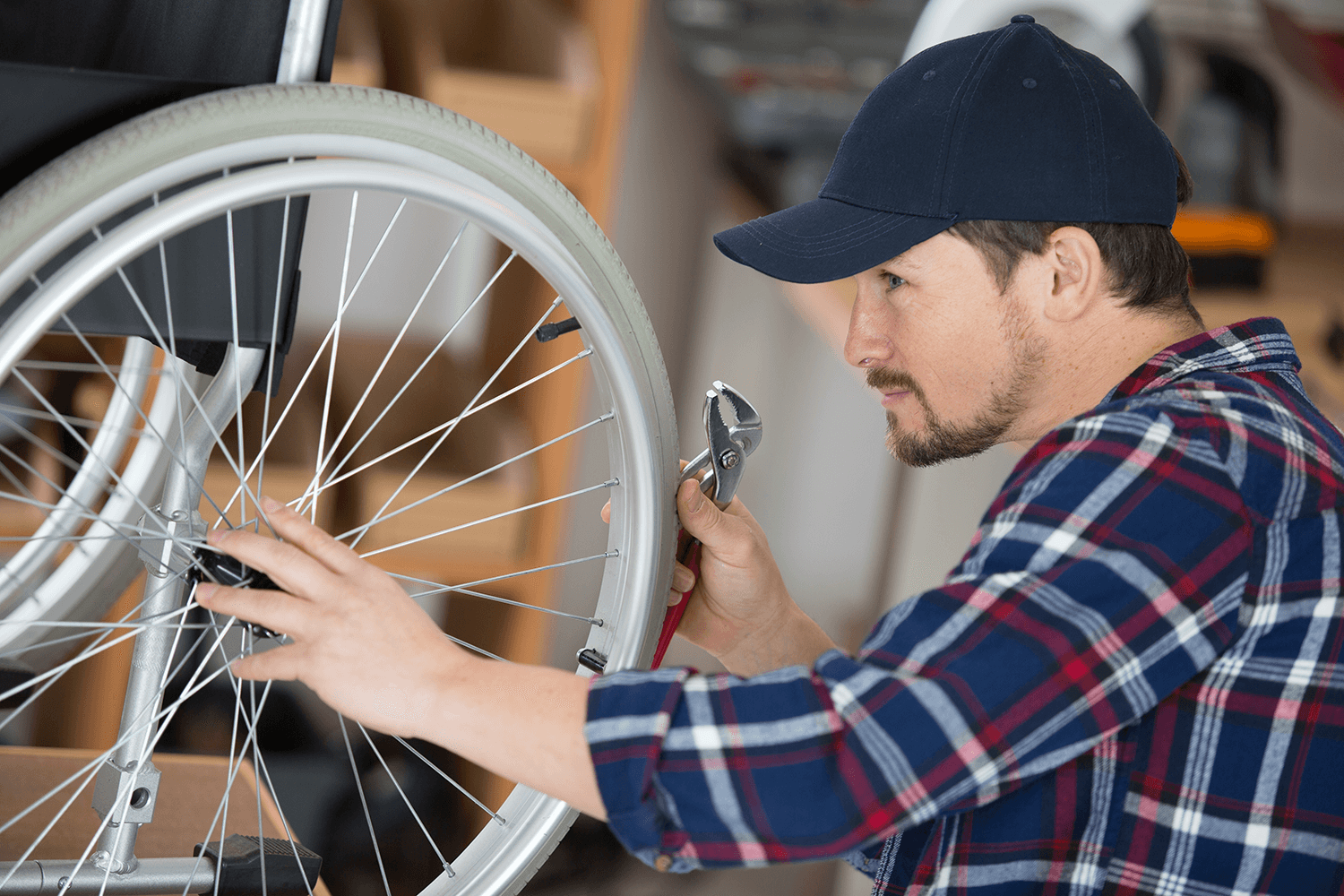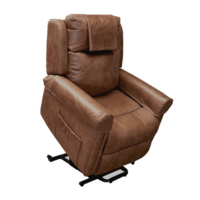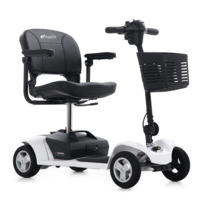Wheelchair Risks and How to Prevent Them
Transferring to/from a wheelchair
There is a high risk of injury when moving in and out of a wheelchair – both to the wheelchair user and their carer. The motion of lifting and transferring to another surface can cause injuries to the back, arms and neck, as well as fall-related injuries.
Following safe transfer techniques can help prevent these types of injuries. Choose a level surface and make sure that the brakes are locked in place, and that there is plenty of room to manoeuvre around the wheelchair. Use transfer aids like lifts or slide boards to assist. And get help from another person if needed.
Tipping and falling
For wheelchair users, tipping and falls represent a serious risk of injury. There are many causes of tips and falls, such as:
- Using a wheelchair that’s not suited to your size
- Sitting incorrectly
- Leaning too far forward
- Travelling on uneven surfaces, hills or curbs
- Carrying bags on the wheelchair handles
It’s important that you choose the right wheelchair for you. Consider the different types of wheelchairs, from motorised, to self-propelled and carer propelled. You’ll also want to think about where and how frequently you’ll use your wheelchair.
Overexertion
Self-propelled wheelchairs in particular require a lot of upper body strength to move around. For new wheelchair users, this can present a challenge as they get used to the movement.
While regular use of a self-propelled wheelchair will help to build strength, using a self-propelled wheelchair alone shouldn’t be considered exercise.
Using a wheelchair can put pressure on certain muscles and joints, leading to strain or other injuries. Targeted exercises that incorporate aerobic and strength training will help with wheelchair use in daily life and avoid injury.
There are a range of exercises suitable for wheelchair users. If you’re not sure where to start, a physical therapist can help structure a program based on your current fitness level and preferred activities.
Wheelchair faults and poor maintenance
Regular maintenance is essential to make sure your wheelchair works as it should. Daily use can cause parts to wear down over time, and this can make the wheelchair unsafe to use.
The key safety components of your wheelchair include the brakes, tyres, wheels and seat. These should be regularly inspected and damaged parts repaired or replaced immediately.
For motorised wheelchairs, you’ll also need to check and maintain the battery and motor. Follow your manufacturer’s recommended servicing instructions and make sure you store your wheelchair properly when not in use.
If you have any questions about wheelchair use and what type of wheelchair is suitable for you, the team at Mobility HQ are here to help.



























